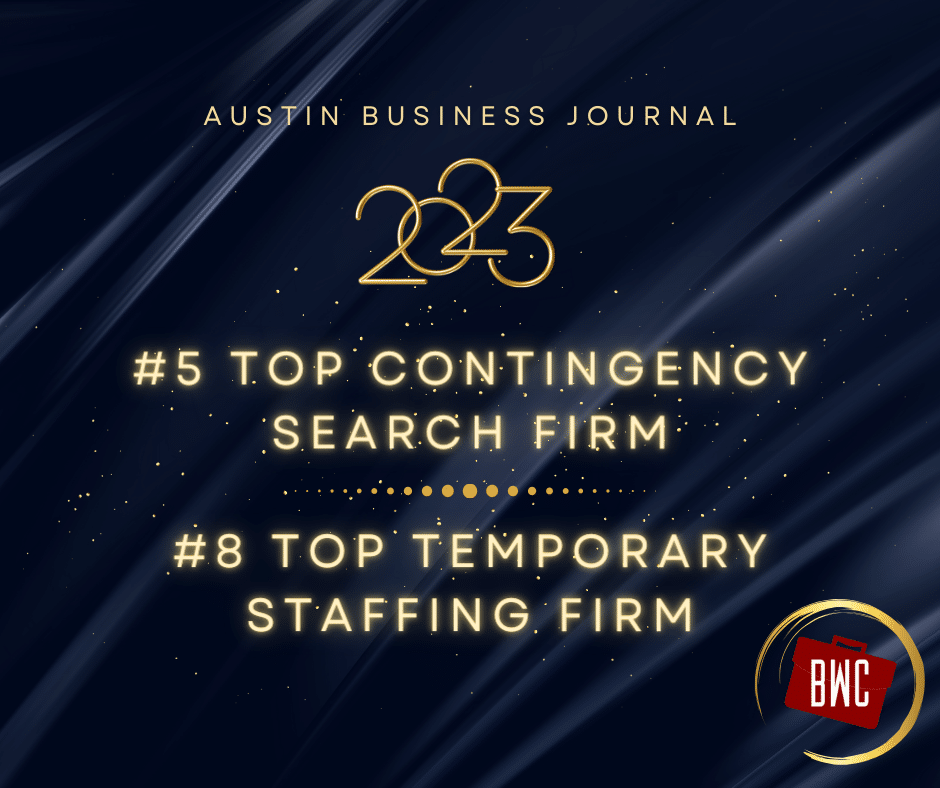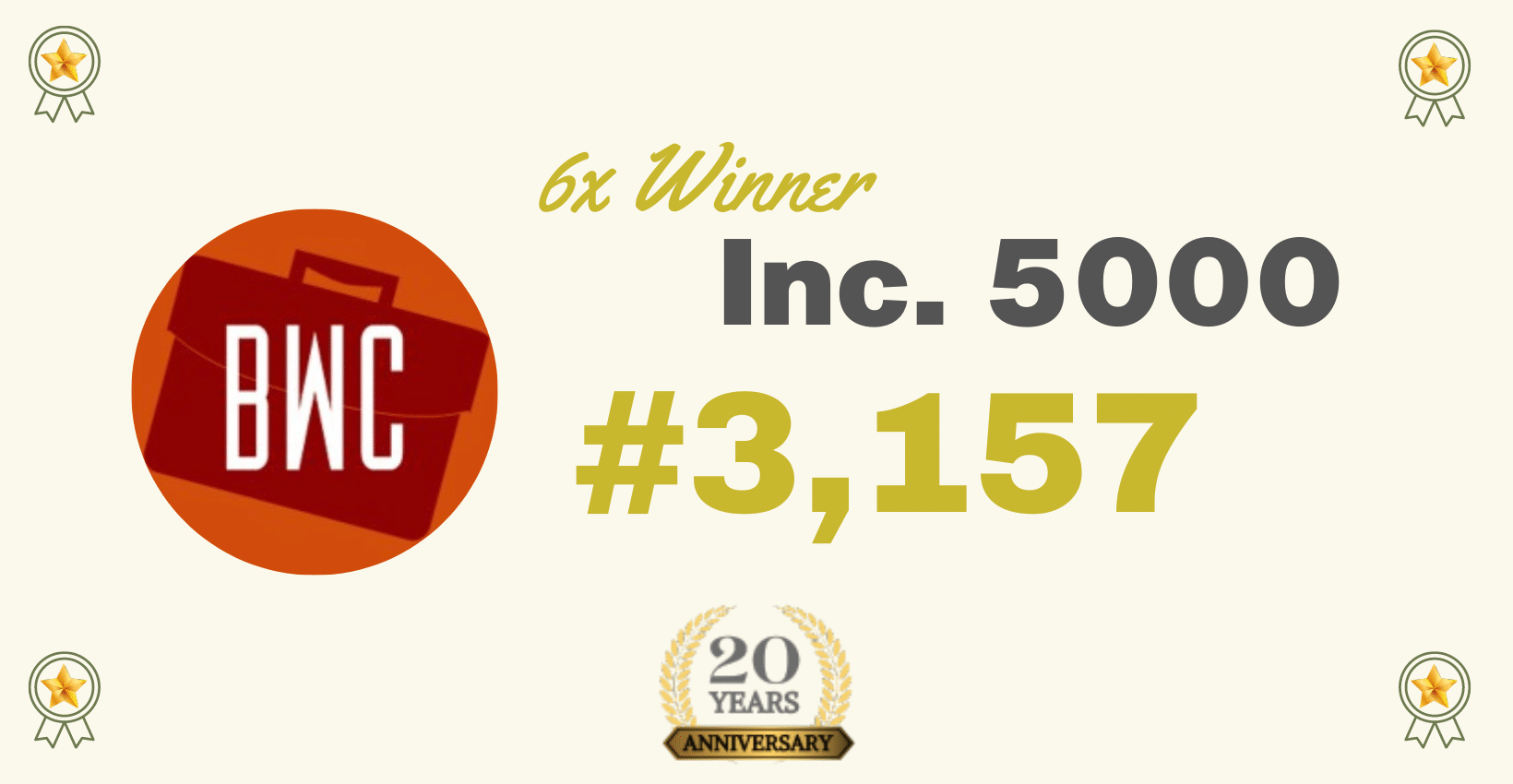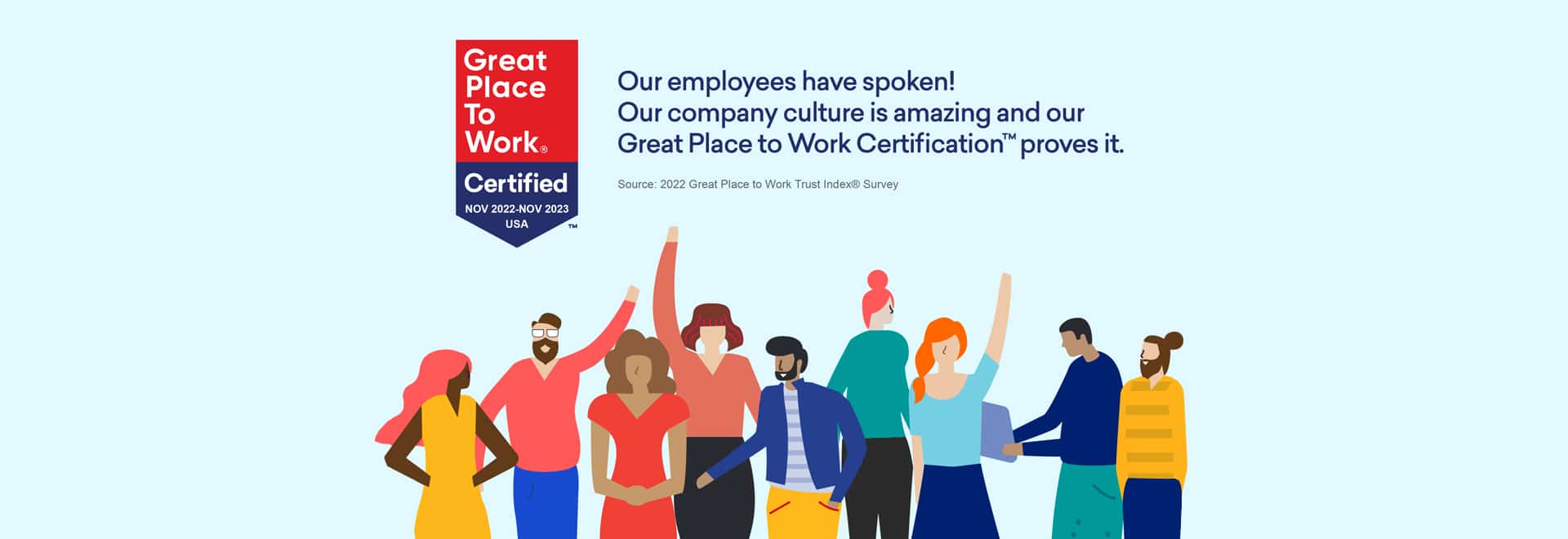A recent article in Inc. examines the obsessively grueling and extended interview and selection process used by Google, along with a statistical analysis Google completed to determine how many interviews were truly needed to identify the finalist for a position.
Let’s face it: Google is perceived as one of the most sought-after employers in the world, partly because of the brand’s appeal, but also due to the high salaries and generous benefits provided by the company to its employees. Free meals, free medical and dental check-ups, free haircuts, free laundry and dry cleaning, and massages? Apparently, all that and more is included for Googlers. 
The company reputation generates an incredible amount of interest – Google receives more than 2 million job applicants each year. But that’s a double-edged sword in some respects, because their Talent Acquisition team must work through that huge number of resumes to get to the best candidate.
To make matters more challenging for their Talent Acquisition team, it’s extremely difficult to get a job at Google. They’re extremely selective, and for good reason – they seek only the most talented employees. OK, how tough is it? On a statistical basis, it’s been argued that someone is 10 times more likely to be admitted to Harvard than to be hired at Google. No problem.
For years, Google has been putting its candidates (and hiring managers!) through a grueling process that includes an astonishing 12 interviews, in addition to assessment tests and more. Hey, whatever it takes to hire the best, right? Who cares if it chews up huge amounts of resources and time to make a hire, while potentially creating a terrible candidate experience, multiple interview drop-outs, and very long “time to fill” numbers that surely plagued Google’s TA team.
Good news: The company recently completed a comprehensive analysis of candidates, processes, and outcomes and found that any interviews beyond 4 were not significant in the quality of hire. In other words, interviews 5 through 12 did not add significant value to the selection process. Thus, they cleaned up their process and reduced the interview marathon from 12 to 4. Still too long, but much better.
What are our take-aways from this? Even if your company happens to have such an incredible employer brand, 12 interviews are too many (duh). For the more typical companies out there, even Google’s magic number (4) is still probably too many.
Additional interviews and process delays often provide no additional value. For instance, do we really need the CEO’s approval to hire a field-level manager? Yes, it happens. Worse, these unnecessary steps can extend the hiring timeline so much that some companies lose great candidates simply because other companies moved much more quickly. Some firms have implemented accelerated hiring processes that enable them to hire top candidates weeks before other companies have even followed up with the same candidate after an initial meeting.
There is absolutely no question that we need to make great hiring decisions. We need to utilize valid, effective selection methods to determine best-hire candidates – but we need to do so much more quickly than was necessary in the past. Current labor market conditions dramatically favor candidates, and “time is of the essence” when recruiting top talent.
As Google’s research demonstrated, some firms waste far too much managerial time and company resources on an unnecessarily long, convoluted hiring process that adds absolutely nothing to the quality of hire and beats candidates up along the way.
Talent Acquisition professionals need to design (and validate) a hiring process that operates quickly, leverages technology to accelerate the process wherever possible, and ensures that every handshake is meaningful and truly necessary. No one wins when positions are left vacant for months, or when a sloppy hiring process drags on forever but still yields low-quality hires.
Take the time to structure an accurate candidate profile, source against it relentlessly, and validate your hiring methodology(!). Focus on maximizing process validity, quality of hire, and the candidate experience while minimizing in-process candidate time.
If you haven’t yet lost candidates due to your lengthy hiring process, you’ve been incredibly fortunate, or perhaps you just haven’t noticed when a candidate drops out after the 11th interview. But you will.
More time does not mean better hires! Valid hiring processes generate improved hiring outcomes and enhancing the process and incorporating technology and utilizing valid prediction data in new ways can shorten the timeline to your next best hire.
Make better decisions more quickly – or watch your top candidates make hiring decisions for you.






Leave A Comment